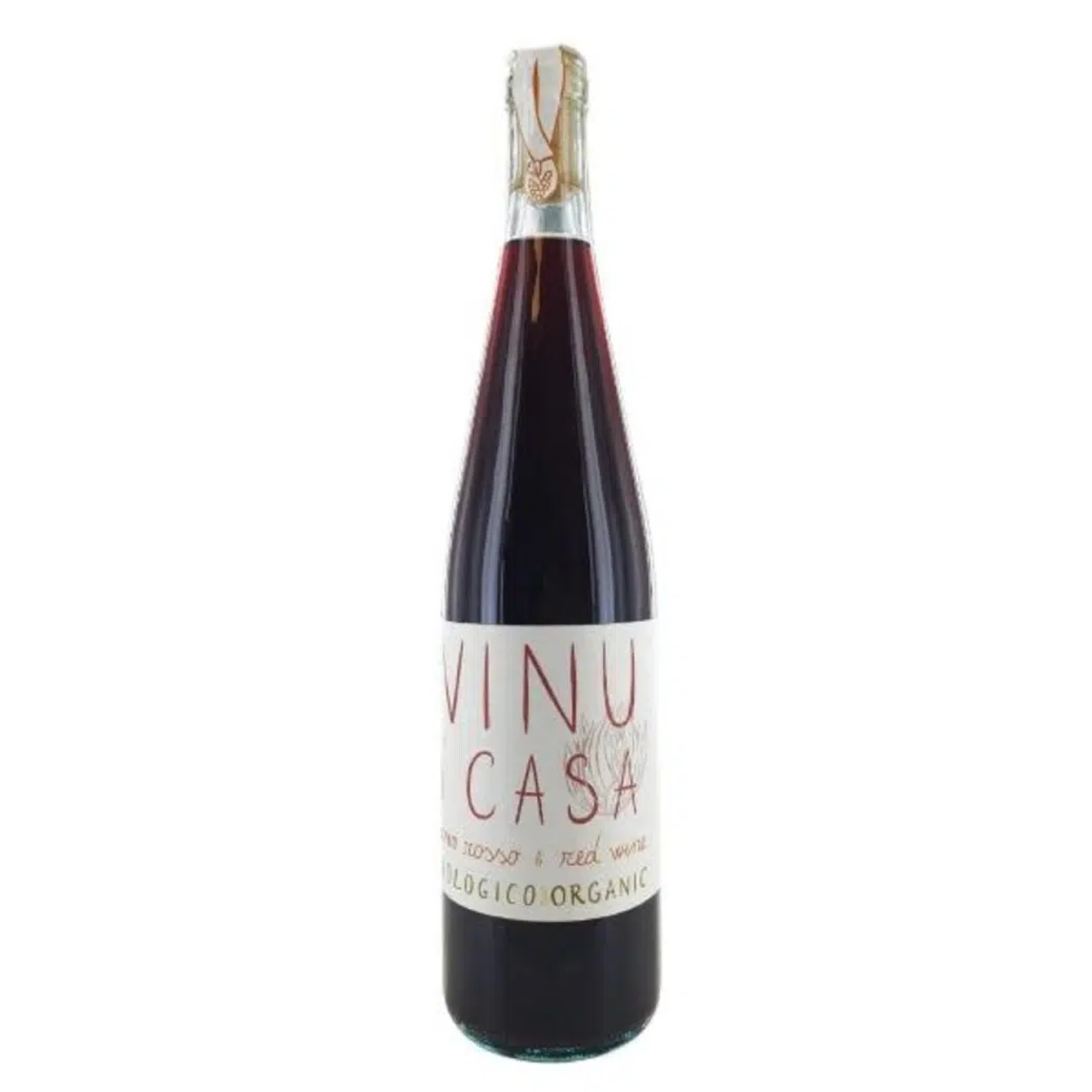 Image 1 of
Image 1 of


Nasciri 2019 VINU I CASA ROSSO
GRAPE: Nero Calabrese
LOCATION: Calabria, Italy
EYE: Medium purple
NOSE: Berries, bay leaf, plums, spices
TASTE: Red berries, pepper, spices, herbs
MATURING: Six months in stainless steel
NOTES: They do not filter, fine, or add any substances to the wine other than a small amount of sulphur dioxide when absolutely necessary.
VEGAN, CERTIFIED ORGANIC, BIO-DYNAMIC
GRAPE: Nero Calabrese
LOCATION: Calabria, Italy
EYE: Medium purple
NOSE: Berries, bay leaf, plums, spices
TASTE: Red berries, pepper, spices, herbs
MATURING: Six months in stainless steel
NOTES: They do not filter, fine, or add any substances to the wine other than a small amount of sulphur dioxide when absolutely necessary.
VEGAN, CERTIFIED ORGANIC, BIO-DYNAMIC
GRAPE: Nero Calabrese
LOCATION: Calabria, Italy
EYE: Medium purple
NOSE: Berries, bay leaf, plums, spices
TASTE: Red berries, pepper, spices, herbs
MATURING: Six months in stainless steel
NOTES: They do not filter, fine, or add any substances to the wine other than a small amount of sulphur dioxide when absolutely necessary.
VEGAN, CERTIFIED ORGANIC, BIO-DYNAMIC
ABOUT THE WINERY:
Nasciri is located in an uncontaminated oasis 2 km from the historic centre of Gerace, on the Ionian coast of Reggio, far from any source of pollution. The name Nasciri is taken from the Calabrian dialect which means "to be born", and indicates the efforts of Francesca and Domenico, the owners, to revive the ancient agricultural land.
Today the company extends over 20 hectares, of which 7 are olive groves and approximately 7 are vineyards: a small paradise that enjoys a privileged view of the sea and a sunny climate, perfect for the ripening of the grapes.
Francesca and Domenico adopt the principles of permaculture and biodynamics with the aim of making the most of the local vines while enjoying a unique situation, which sees the Ionian Sea 5 km as the crow flies and the mountain (Aspromonte) 10 km away. Plants from 2010, average yields of less than 50 quintals per hectare, only steel and maturation on the lees are elements common to all the wines produced from the various local grapes.
